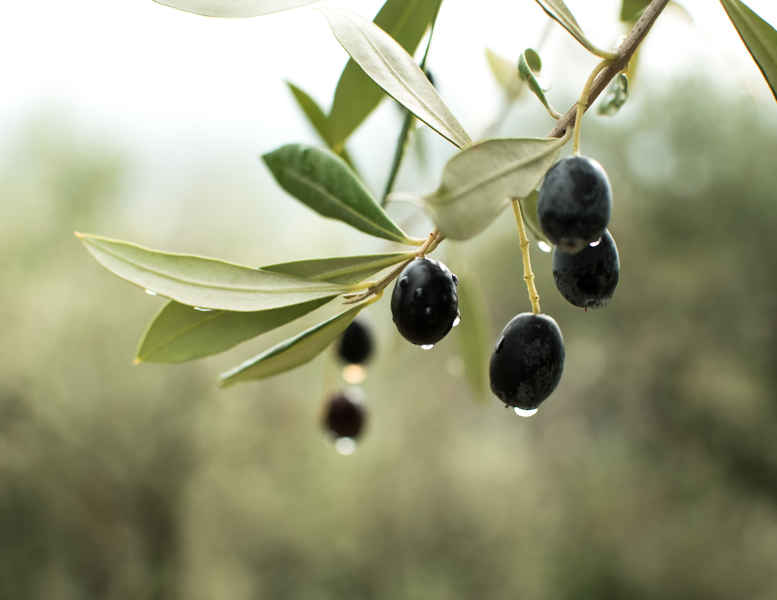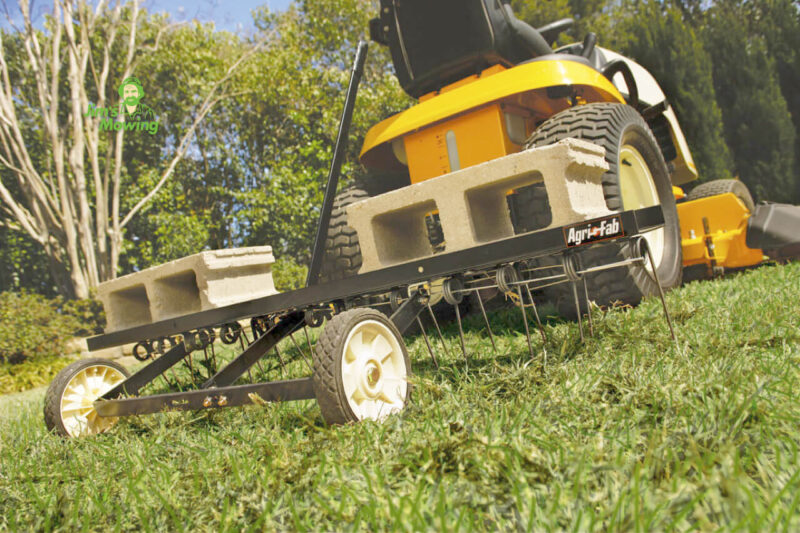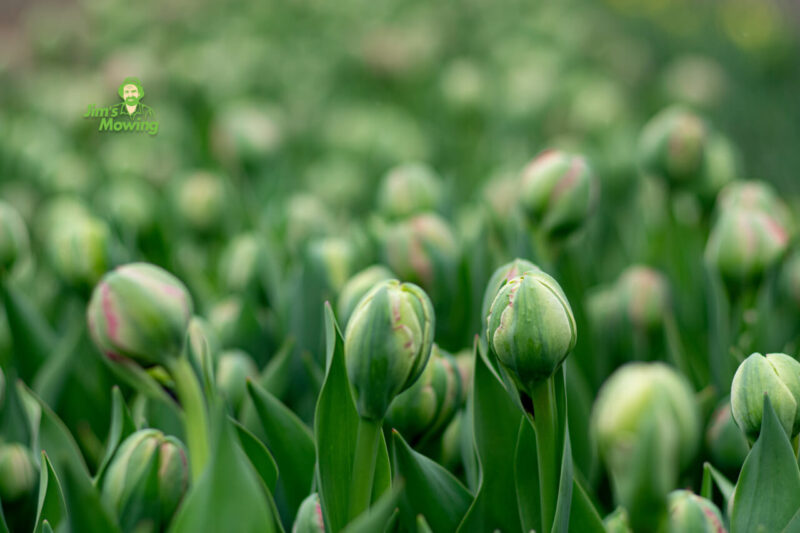How to Grow an Olive Tree
Are you a bit of an olive fiend? When you hear there are olives on a platter do you rush over to stock up your plate? Or maybe you just find olive trees to be a really beautiful plant. If so, then you may be interested in learning how to grow an olive tree in your own garden!

How to grow an olive tree
For these steps, we will be describing a method for how to grow an olive tree from a seedling.
Step 1: Choose your variety
Pick which variety of olive tree you wish to grow. If you’re feeling indifferent, you might like to take a trip to your local nursery and see what they have in stock. Alternatively, you may wish to source your seedling from a reputable online nursery or stockist. Once chosen, do a little research into the variety you have picked to learn the specifics of where it likes to be grown and the care it enjoys.
Step 2: Pick your spot or pot
Next up, choose a suitable spot for your new olive seedling. Generally, olive trees like to be planted in a spot with plenty of sunshine and soil that drains well. Olive trees can be planted either in a pot or directly in the ground. Check the details of the variety you choose to work out if it has any position or soil preferences.
Step 3: Plant your olive tree
Dig a hole in your chosen location and fill it with water. Once this water has drained away, remove your olive tree seedling from its pot and gently massage the roots before placing it in the hole. Cover the roots and give the plant a good soaking. Continue to water the plant thoroughly around one to two times each week (or more if it looks like it needs it). If you like, you can fertilise your olive tree in the spring.
Step 4: Be patient!
It can take a few years for your olive tree seedling to fully mature and start producing fruit. In the meantime, enjoy the simple elegance of your olive trees leaves and branches!
Can you grow an olive tree from an olive?
If you’re eating a particularly delicious olive, you may be wondering if you can save the seed to grow an olive tree from it later. So, can you grow an olive tree from an olive? Well, technically yes, but you might find that you end up with a tree that has fruit that differs from the one you ate! As with many plants, growing an olive tree from an olive pit is generally more difficult than growing one from a cutting or seedling.
About olive trees
Olive trees are native to the Mediterranean region, Asia, and Africa. They produce the olive fruit and are also often used as decorative trees both within indoor and outdoor settings. Depending upon the species, some olive trees can grow up to a whopping 15 metres tall, however, many remain around 6-8 metres. It’s important to research the variety you wish to grow as not all olive trees are known for growing olives: some simply don’t produce edible fruit. Olive trees can be grown in pots or directly in the ground.

Different types of olive trees
There are many different varieties of olive trees to choose from. When choosing the olive tree you wish to bring into your home or garden, you’ll probably want to consider the amount of space you have and what kind of olives you’d ideally like to eat. There are too many cultivars of olive trees to list here, but below are some varieties of olive trees that can grow well in Australia:
Kalamata Olive Trees
A popular variety that grows well in moderate and warmer climates across the country, the Kalamata olive tree produces black olives and can grow up to 6 metres tall. This cultivar of olive can tolerate drought.
Frantoio Olive Trees
The Frantoio variety can handle a variety of different Aussie climates, from cooler regions through to warmer locations. These plants are also sometimes referred to as Paragon and tend to grow to about 5 metres tall. Frantoio olive trees can also be grown in coastal regions.
South Australian Verdale Olive Tree
Live in a moderate climate? The South Australian Verdale olive tree could suit. This variety produces large olive fruits, and – as the name suggests – is popular in Australia’s southern states. This variety is medium-sized for an olive tree and tends to produce a good amount of fruit.
Olive Piccolo Olive Tree
If you like the idea of a smaller, decorative olive tree and aren’t particularly fussed about harvesting fruit, then the Olive Piccolo could be a good choice for you. These cute little plants are a variety of dwarf olive tree, enjoy both the indoors and the outdoors, and tend to reach a maximum height of 1.5 metres. Keep in mind that the Olive Piccolo does not produce fruit.



